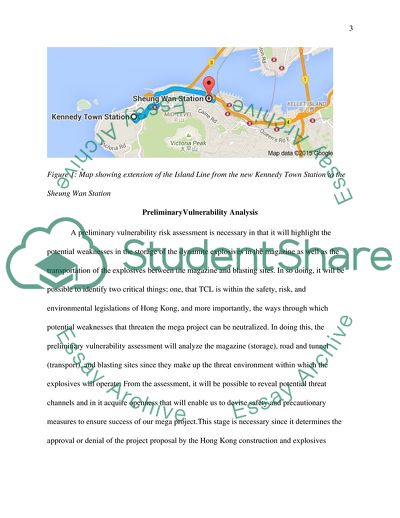Cite this document
(Risky and Safety Management: Technol Construction Limited, TCL Case Study Example | Topics and Well Written Essays - 1750 words, n.d.)
Risky and Safety Management: Technol Construction Limited, TCL Case Study Example | Topics and Well Written Essays - 1750 words. https://studentshare.org/engineering-and-construction/1876794-risk-safety-management
Risky and Safety Management: Technol Construction Limited, TCL Case Study Example | Topics and Well Written Essays - 1750 words. https://studentshare.org/engineering-and-construction/1876794-risk-safety-management
(Risky and Safety Management: Technol Construction Limited, TCL Case Study Example | Topics and Well Written Essays - 1750 Words)
Risky and Safety Management: Technol Construction Limited, TCL Case Study Example | Topics and Well Written Essays - 1750 Words. https://studentshare.org/engineering-and-construction/1876794-risk-safety-management.
Risky and Safety Management: Technol Construction Limited, TCL Case Study Example | Topics and Well Written Essays - 1750 Words. https://studentshare.org/engineering-and-construction/1876794-risk-safety-management.
“Risky and Safety Management: Technol Construction Limited, TCL Case Study Example | Topics and Well Written Essays - 1750 Words”. https://studentshare.org/engineering-and-construction/1876794-risk-safety-management.


